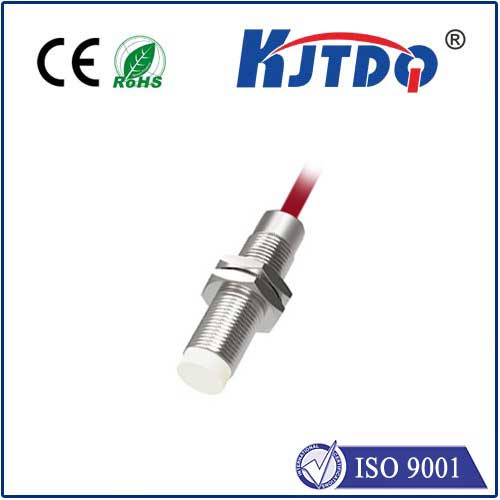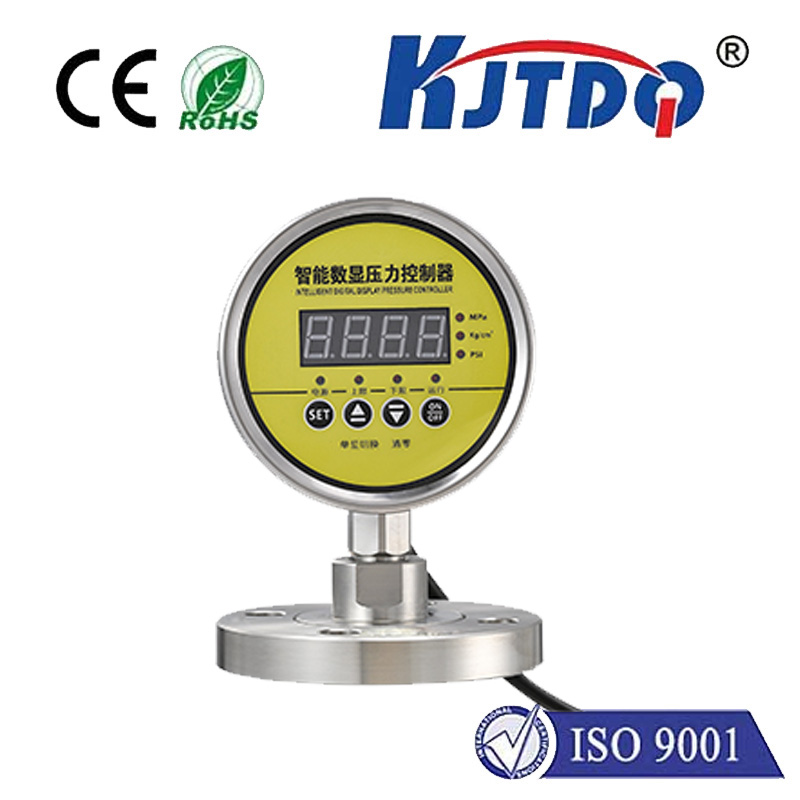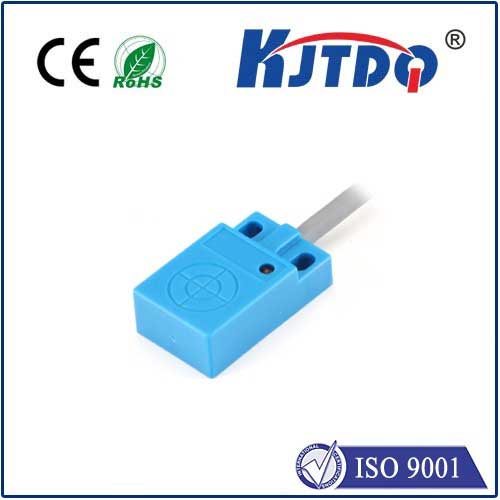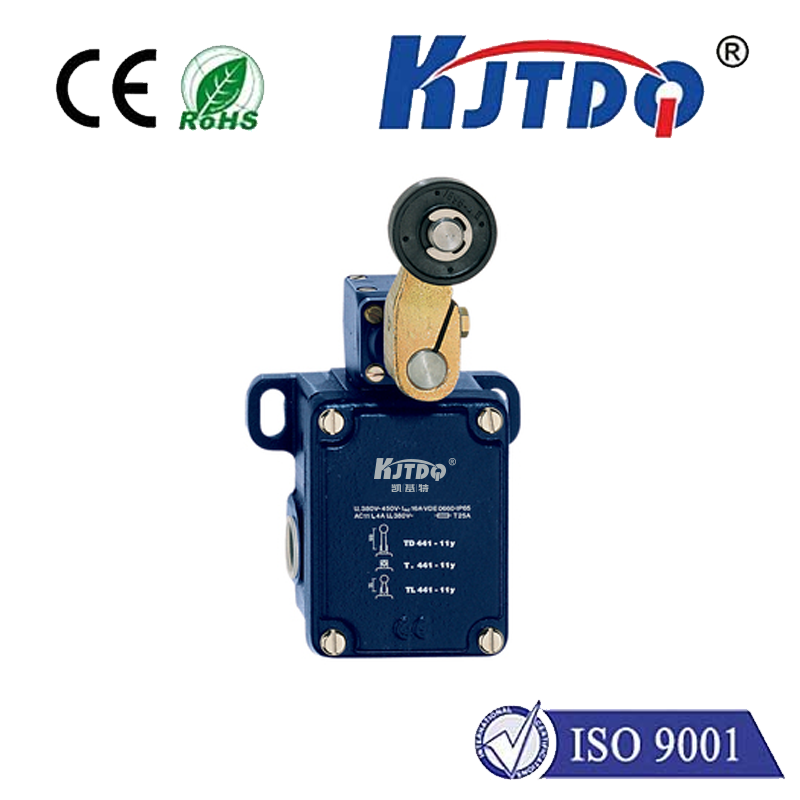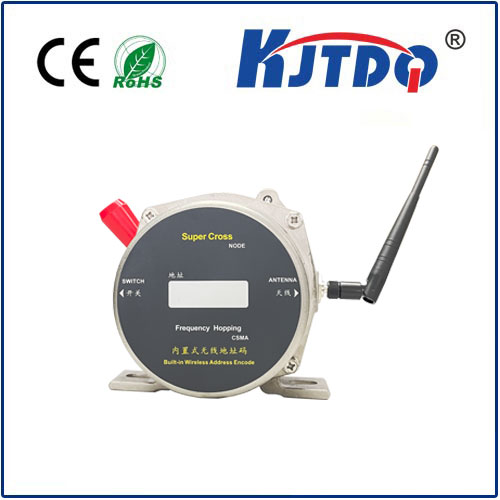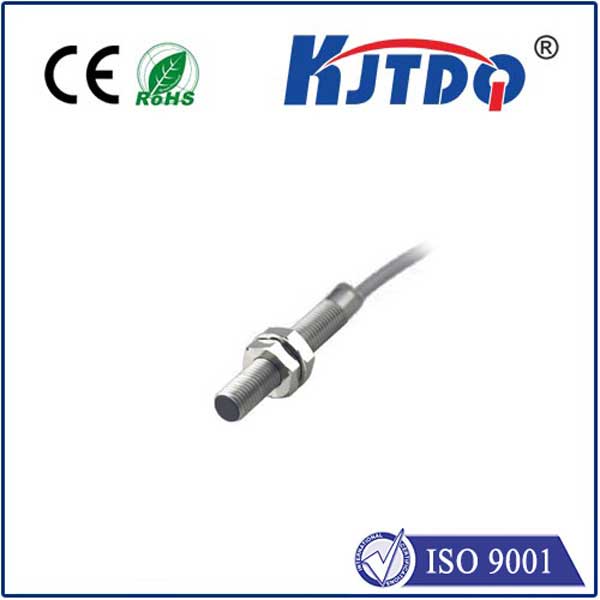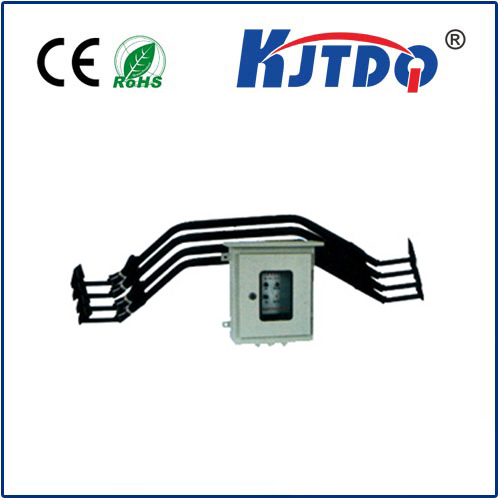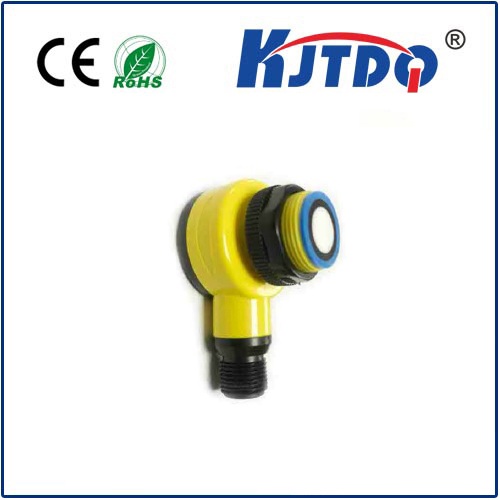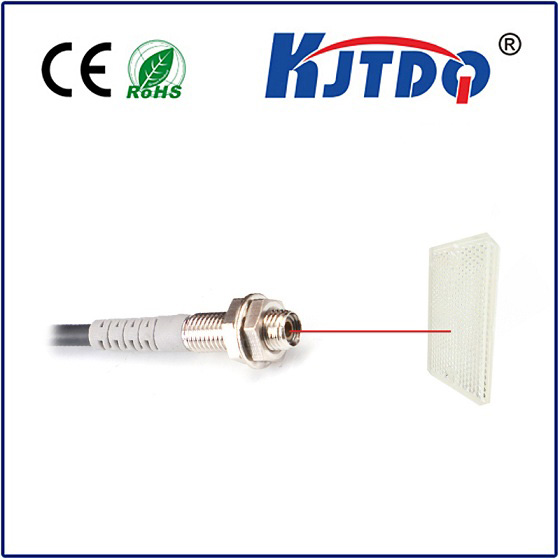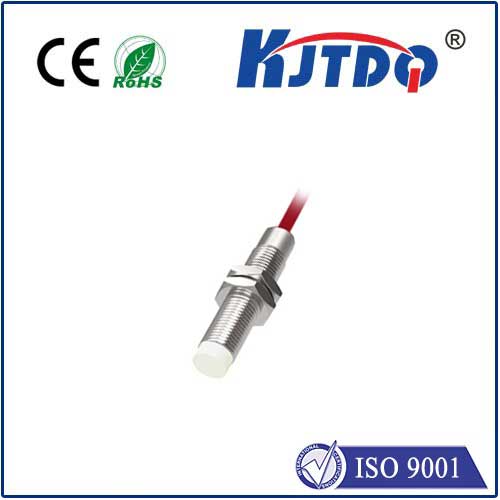

check

check

check

check

check

check

check

check

check

check
Infrared Photo Sensor: The Future of Light Sensing Technology
The world of technology is constantly evolving, and with it comes the development of new and innovative devices. One such device that has been gaining popularity in recent years is the infrared photo sensor. This cutting-edge technology has revolutionized the way we sense light and has opened up a whole new world of possibilities for various industries.
An infrared photo sensor is a type of sensor that detects infrared radiation, which is invisible to the human eye. These sensors are designed to be highly sensitive to infrared light, allowing them to detect even the slightest changes in temperature or movement. This makes them ideal for use in a wide range of applications, from security systems to medical imaging.

One of the key benefits of infrared photo sensors is their ability to work in low-light conditions. Unlike traditional photo sensors, which rely on visible light to function, infrared photo sensors can operate in complete darkness. This makes them extremely useful for night vision applications, such as security cameras and military surveillance.
Another advantage of infrared photo sensors is their accuracy and reliability. Because they are not affected by ambient light or color, they can provide consistent readings regardless of the environment they are used in. This makes them ideal for use in industries such as manufacturing, where precise measurements are crucial.
In addition to their practical applications, infrared photo sensors also have a number of creative uses. For example, they can be used in art installations to create interactive experiences for visitors. By detecting the presence of people and objects, these sensors can trigger lights, sounds, and other effects, creating a truly immersive experience.
Despite their many benefits, however, infrared photo sensors do have some limitations. For example, they may struggle to detect certain types of materials or objects that do not emit infrared radiation. Additionally, they can be affected by external factors such as humidity and temperature, which can impact their accuracy.
In conclusion, the infrared photo sensor represents an exciting advancement in light sensing technology. With its ability to work in low-light conditions and provide accurate readings regardless of the environment, it has the potential to transform a wide range of industries. As this technology continues to evolve and improve, we can expect to see even more innovative applications emerge in the future.
